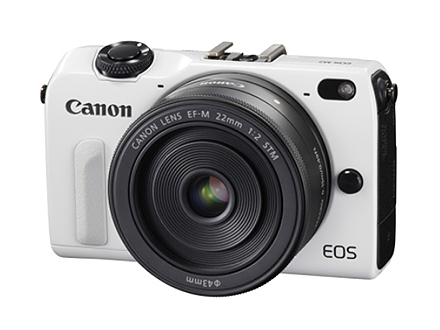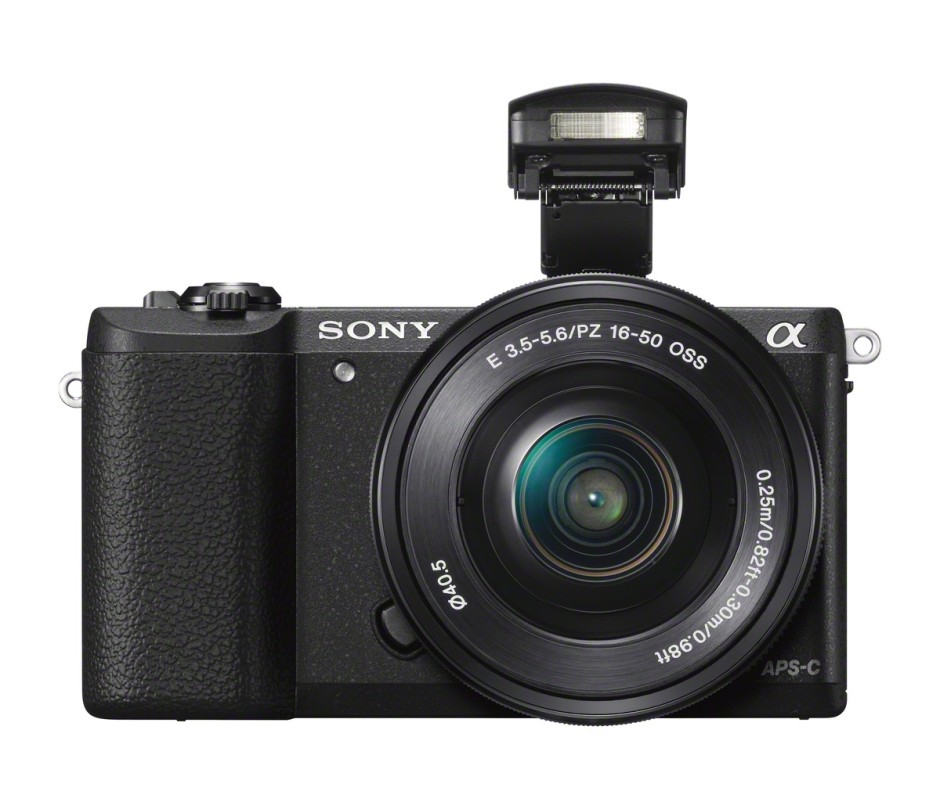Finally! There have been months of rumours and speculation swirling about the upgrade to Canon's mirror-less EOS M camera and at last the great unveiling has taken place. At least, in Japan. The rest of the world must wait to see if Canon has put any guts and determination into this model.
When the EOS M was launched last year, I was convinced that a late, single entry into the mirror-less market by Canon would have made it a camera worth waiting for. Canon would crack the mirror-less market and take the photography world by storm. Sadly, I was desperately mistaken when all that one heard about it was how mindbendingly slow the auto-focus was and it felt more like a camera that Canon felt obligated to produce, rather than one it had engineered with heart and soul. I'm not convinced that the EOS M2 is going to rekindle any verve or sparkle in the notion of a Canon mirror-less camera, either.

The M2's new Hybrid CMOS AF II auto-focus system is meant to be 2.3× faster than that in its predecessor, but the impression that I have is that they'd have to actively try to make it any slower, so this doesn't say very much. I'm seeing a few raised eyebrows that the M2 isn't capitalising on the dual pixel technology seen in the 70D, which makes for smoother and faster auto-focusing when in live view mode.
The M2 still uses an 18 megapixel APS-C CMOS sensor powered by a DIGIC 5 processor, but there's now wi-fi and it's approximately 8% smaller than the original EOS M. But why-oh-why when the Sony NEX-6 has a frames-per-second rate of 10, does the EOS M2 languish with 4.6? When you're not producing an entire range of mirror-less cameras, you need your solitary flagship to stand out from the crowd.
Apart from seeing if the auto-focus has improved, there's nothing about the EOS M2 that makes me want to pick it up and try it. There's no sense of excitement or innovation about it. It's coming over as just another camera and dammit, I don't want that.
Engadget is pricing it at ¥84,800 with a kit lens, or ¥64,800 body-only, due out later this month. Those prices equate to roughly $820 and $625, but you should never make straight conversions. When the EOS M2 does reach Europe and the US, it'll likely be more pricey.







